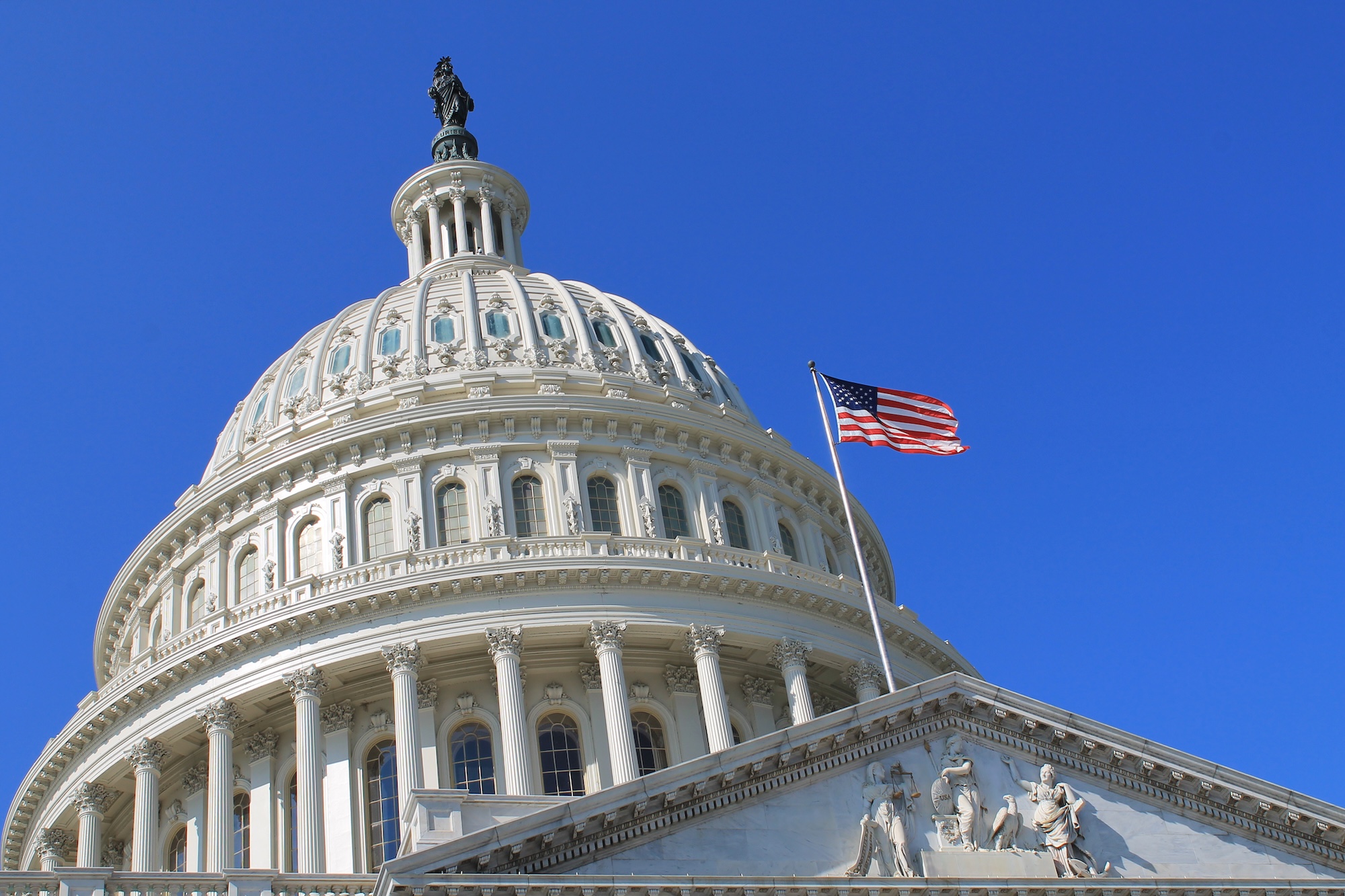
RECOMMENDED READING
German philosopher Hegel postulated that history progresses through thesis, antithesis and then synthesis. Today we are seeing the first two dynamics with trade policy and attitudes towards globalization; we desperately need the third.
For over 40 years synthesis meant unbridled support for free trade and globalization. But after failing to deal with the contradictions that came with it, America is shifting to antithesis: protectionism and nationalism, whose consequences, if fully followed through, will be dire.
America needs a new synthesis that takes the best of global economic integration while recognizing the need for asserting the U.S. national and worker interests in trade. Unfortunately, the odds of getting to that synthesis seem low; given the globalists’ stubborn resistance to any compromise – except giving the masses wage insurance – and nationalists’ – egged on President Trump – increasing outrage and extremism.
When historians look to identify peak globalization, there is a strong case to be made for 2004. The elites were still glowing over bringing in the last major holdout, China, into the global trading system, and the harm done by Chinese innovation mercantilism had not yet bubbled up. That year Thomas Barnett, former professor at the Naval War College, waxed on that “Globalization is this country’s gift to history, the most perfectly flawed projection of our nation’s ideals onto the global landscape.” Columbia’s Jagdish Bhagwati asserted that globalization is the most powerful force for social good. And World is Flat author Tom Friedman waxed on about “Globalization 3.0”, whatever that meant. And around that time, the president of a leading DC international policy think tank, when asked how much U.S. manufacturing could America afford to lose and still be okay, responded, “all of it.”
But the cracks in the edifice soon emerged. Two years later China pivoted to indigenous innovation with its quest for global tech dominance. Four years later the great financial crisis, ironically caused in no small part by China’s massive current account surplus with the U.S., significantly tarnished the Western model. Fast forward 7 years to “Made in China, 2025” and then to the 2016 election of Donald Trump who ran on campaign to “Make America Great Again” and proceeded to reject the TPP trade agreement and launched the “trade war” with China.
Now in the midst of China’s COVID coverup and its restrictions on key exports, many anti-China hawks are fully embracing to the Hegelian antithesis: no more offshoring, bring all manufacturing back, forget about “disloyal” multinationals! Breitbart scolds the U.S. Chamber of Commerce for having the temerity to say that perhaps we shouldn’t reshore everything. Trump advisor and former CEO of Nucor Steel, Dan DiMicco tweets that “globalization is akin to slavery.” Even the World Bank, that temple of globalization, is scared, with its new chief economist, Carmen Reinhart stating “Without being melodramatic, Covid-19 is like the last nail in the coffin of globalization,” So, what used to be “we can offshore all of it,” is turning into “we can onshore all of it.”
Needless to say, embracing the antithesis positions would lead to disaster. First, as Harvard Business School’s Willy Shih points out many of today’s products are so technologically complex that it is simply not be possible to reshore them all, at least in the couple of decades. Second, any action to stop manufacturing imports would be met by equal reactions to stop U.S. exports, which would be disastrous for U.S. firms in advanced technology industries that require global economies of scale for success.
We desperately need a Hegelian synthesis on trade and globalization. The nationalists need to recognize that globalization can be a force for U.S. prosperity and that trade agreements, including ones with strong intellectual property protections like the TPP (albeit with stronger controls on currency manipulation) are in the national interest. But the globalists need to understand that globalization only works for America and American workers if it is rules-based and those rules are enforced. Here, China is the main threat to that, not our allies.
The globalists need to acknowledge that America will not succeed in a globalized economy, especially one where other nations have their own competitiveness strategies, unless the U.S. has its own industrial strategy. And the nationalists need to recognize that America cannot thrive without robust multinationals that not only sell overseas, but invest overseas as well.
The globalists need to understand that a sclerotic WTO cannot effectively address Chinese innovation mercantilism in its current form, and at minimum, requires substantial reform. And even with that, they should embrace supplemental approaches to containing Chinese economic aggression, such as creating a new “NATO for trade.” The nationalists need to understand that a go-it-alone strategy that treats our allies the same as our adversaries, is recipe for U.S. isolation and decline.
In the journal American Affairs, Mike Lind and I articulated what that synthesis should look like, calling it “national developmentalism,” and writing “national developmentalists see deeper global economic integration as beneficial in many ways—but only if the U.S. federal government works to obtain maximum benefits for American workers and regions.”
The United States is at a critical point in its history, on not just the trade front. We can only hope that “synthesis” will prevail.
Recommended Reading
Talkin’ (Policy) Shop: Balancing U.S. Trade
On this episode of Policy in Brief, Oren Cass is joined by American Compass policy director Chris Griswold to discuss how U.S. trade fell so far out of balance—and some ideas for how to rebalance it.
The Conservative Confusion on Globalization
The question is not will we manage our economy’s interaction with the global market, but how, writes American Compass executive director Oren Cass.
New Report Finds Globalization Failed to Deliver Economic Growth and Good Jobs
PRESS RELEASE—New American Compass report on the failed experiment of globalization and an online quiz that exposes the bipartisan Uniparty’s witless case for globalization











